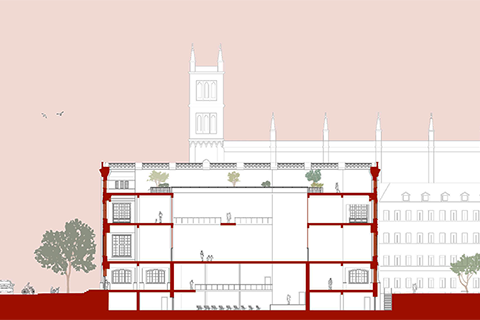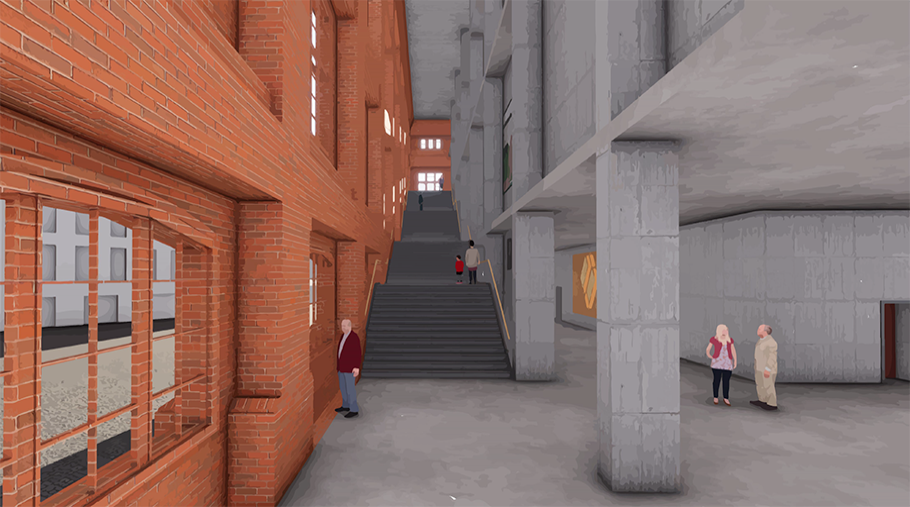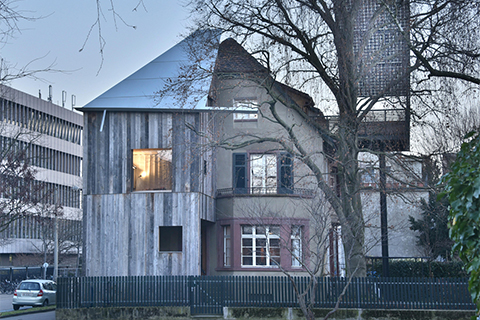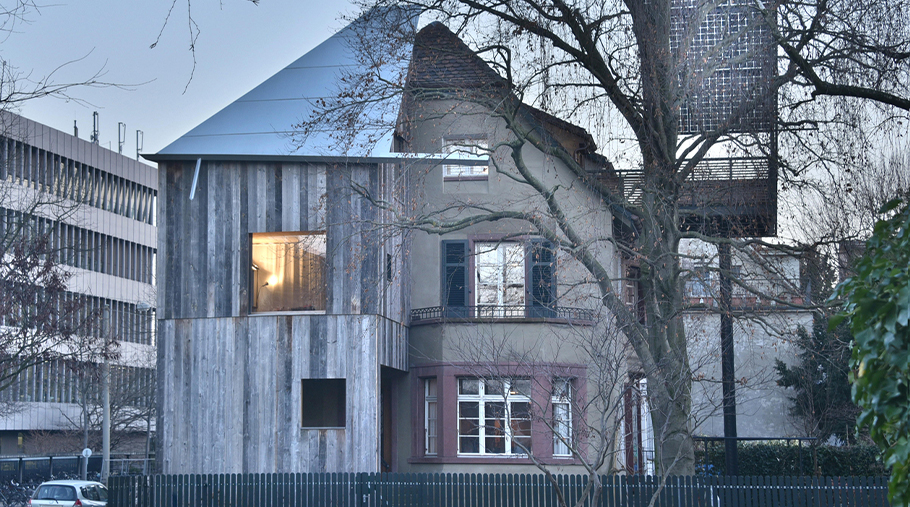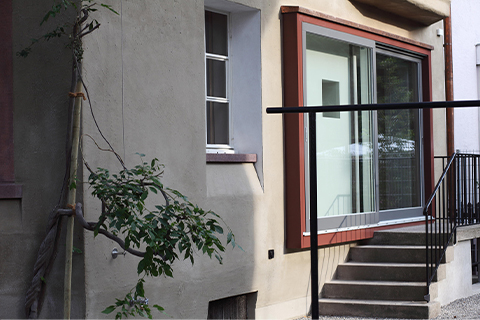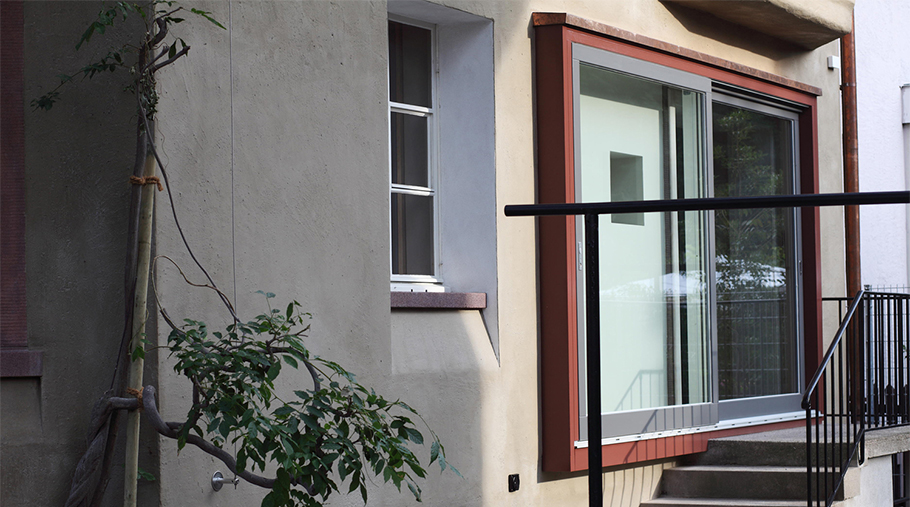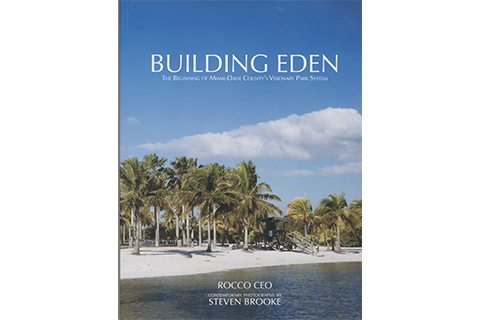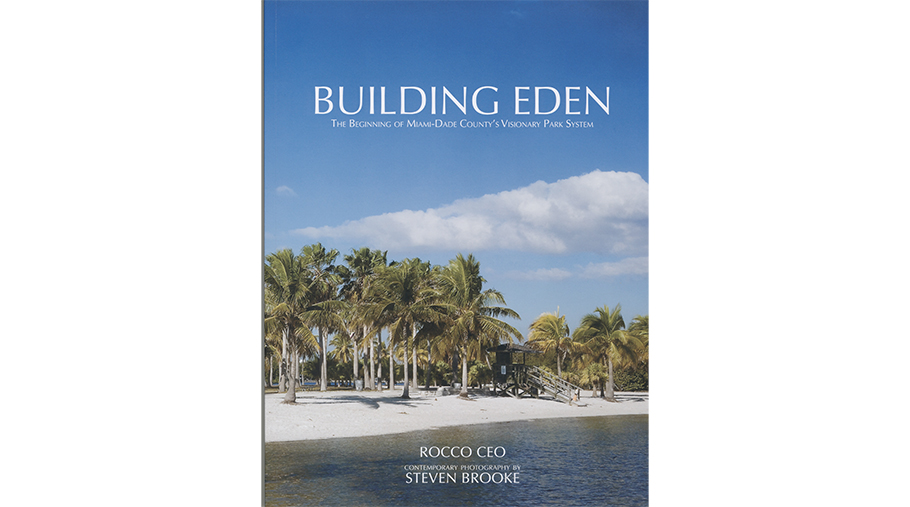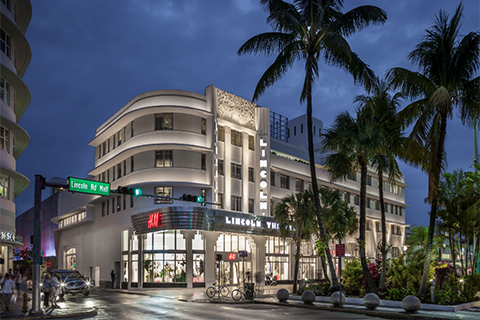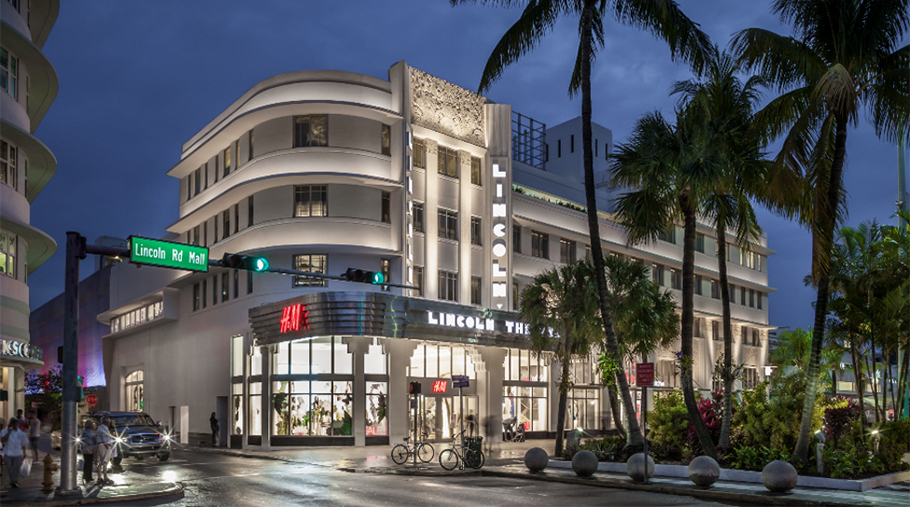
PRESERVING THE PAST, BUILDING THE FUTURE
Meet Ladene Rosier, a student in the Master of Science in Architecture program at the University of Miami, specializing in the Historic Preservation + Adaptive Reuse track.
What inspired you to pursue a Master of Science in Architecture?
My inspiration to pursue a Master of Science in Architecture is deeply rooted in my appreciation for the rich historical significance of my home town of Charlotte Amalie, St. Thomas. This small island's 17th-century architecture reflects the enduring impact of cultural heritage on the built environment and inspires my commitment to preserving and reimagining historic urban cities.
What drew you to your specific track focus?
My specific track focus is driven by my passion for preservation of cultural heritage and sustainable design. As Carl Elefante wisely said, "The greenest building… is the one that is already built," a philosophy that resonates with my passion for preserving and reenvision historical districts across the world. I’m drawn to exploring how architectural transformations can alter environments while honoring their historical and cultural diversity.
How have the faculty, resources, or facilities contributed to your learning experience?
The faculty, resources, and facilities at the University of Miami have significantly enriched my learning experience. Through courses like Introduction to Historic Preservation with Professor Jorge L. Hernandez, I gained foundational knowledge in cultural heritage stewardship, deepening my understanding of preservation principles and their real-world applications. My Architectural Documentation course with Professor Ricardo Lopez allowed me to apply this knowledge by writing the HABS report, honing my research and documentation skills. Additionally, my Research in Design course with Professor Deborah Franqui, equipped me with critical research methodologies that have enhanced my analytical approach to architectural projects, preparing me for advanced study and practice in the field.
Are there specific opportunities, such as internships or networking events, that have been particularly impactful for you?
One particularly impactful opportunity has been my current involvement with the Coral Gables Museum’s La Giralda exhibit. Working along with Professor Ricardo Lopez as part of my Independent Study; this experience has allowed me to engage directly with the cultural and historical narratives that shape architectural heritage, deepening my understanding of curatorial practices within a real-world context. This hands-on collaboration with museum professionals and participating in exhibit development has also expanded my network within the architectural and preservation communities, providing valuable connections and insights that will support my professional growth.
What is one unexpected lesson you’ve learned during your time in the program?
One unexpected lesson I’ve learned during my time in the program is the critical connection between historic preservation and climate change. I realized that preserving historic structures isn’t just about maintaining cultural heritage—it also plays a vital role in sustainability. Reusing existing buildings reduces the environmental impact associated with new construction, conserving resources and minimizing carbon emissions. This perspective shifted my understanding of preservation as not only a cultural responsibility but also an essential strategy in combating climate change, reinforcing the idea that the past can actively contribute to a more sustainable future.



